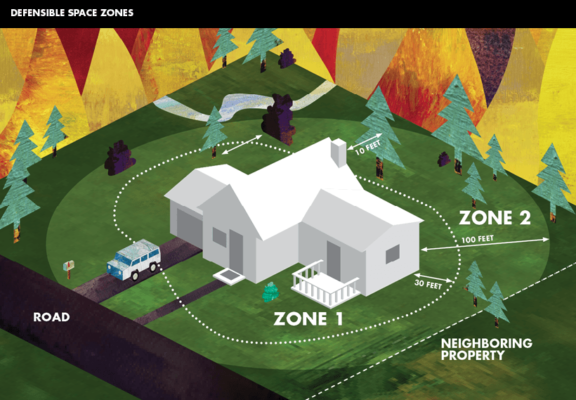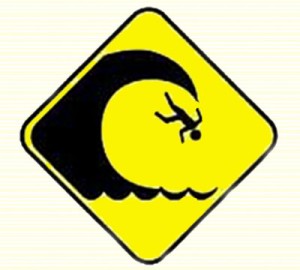A Fire Hydrant for Helicopters?
The overwhelming threat of wildfires hangs over us in California, and promises to get worse. A week ago we personally were at the very edge of a fire. Hundreds of fire fighters, multiple aerial firefighting crews, more than 70,000 people evacuated before the winds shifted and sent the flames in another direction. (I posted my minute-by-minute description of that day last Thursday!) The next day, a second fire sprang up only 20 miles away! The two fires, Silverado and Blue Ridge, ultimately were managed jointly. As of today, they are reported as “98% contained.” But fire season continues.
An unexpected discovery . . .
In the midst of this ongoing bad news, I was excited to discover what seems to be a sort of “secret weapon” for wildfire suppression. Something I’d never seen before in all the fire-fighting footage I’ve watched!
The discovery? The Heli-Hydrant – a simple, reliable source of nearby water to help fight fires at the wildland-urban interface.
It all started when I noticed an unusual photo. A helicopter hovering near the ground, siphon dangling. OK, I got that – it’s a water-carrying fire-fighting helicopter. But no flames in the photo? No lake? Just an ordinary-looking gravel lot with fence and some sort of tank in the background?
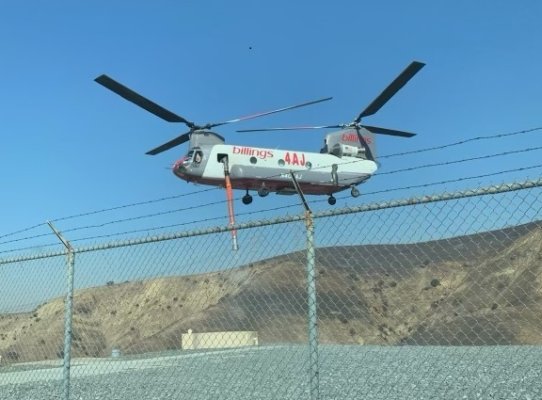
I clicked to read more. Then I made a phone call. And I discovered what looks to be . . .
The best idea I’ve seen in a long time!
The helicopter in the photo is getting ready to refill its belly with over 2,000 gallons of water from that simple tank visible in the background. And that tank is only minutes from an active wildfire line. Even more impressive, the tank is hooked to the municipal water system like a regular hydrant. Open the valve and the tank fills so fast that the helicopter can’t empty it. It’s a source of water that doesn’t run out!
I needed to know more. That meant asking a lot of questions about this fire hydrant for helicopters. Here are some of them. If you have any connection with fires, fire suppression, emergency management, or real estate development, I think you’ll be as interested as I was to find these answers.
“Why haven’t we seen these tanks before?”
It seems as though tradition rules just as strongly in the fire-fighting industry as it does in many others. Fire departments focus on fighting fire. Water districts (that provide the water for fighting fires) stick to water. That all makes sense: following proven practices keeps people safe.
Still, a tank serving as a fire hydrant for helicopters doesn’t seem too far outside the box. So my next question was,
“Maybe helicopter tanks add new risks for pilots?”
Who would know any better than a pilot actually filling up at the tank during the twin fires last week? He was definitive when I asked about being able to hit the tank target.
“Not a problem. We do that kind of flying all the time. This was the first time I’d used this tank so what I was concerned with was visibility and potential obstacles. It turned out to be a great location – at the top of a ridge and wide open.”
And then before I could ask my next question, he added, “And that location cut my turn-around time in half – from about 15 minutes to 6 or 7!”
“So you only had to travel half as far for water as you would have otherwise?”
In this case, yes. Other aircraft had to travel to a nearby lake to refill.
Then he added a comment about the water itself. “The tank water was clean. We don’t always like the water we sometimes have to use. Lake water can bring up fish or algae or, if the water level is low, we get mud. And we don’t want to use salt-water at all– too corrosive. Clean water means things go smoother.”
“How does the water get into the tank?”
Often, when a fire is discovered, water has to be delivered to a distribution point using a tanker truck, with driver and crew. That takes decisions and time. According to Whaling Fire Line Equipment, manufacturer of the Heli-Hydrant, this tank is permanently installed and is connected to the municipal water system, just like a regular fire hydrant – hence the name, Heli-Hydrant!
When not in use, the tank is drained and remains dry. When it’s needed, the valve feeding the tank can be opened remotely by the helicopter pilot. The 2,700 gallon tank fills from empty in less than 3 minutes.
“And when the tank gets emptied out?”
Here’s the magic. It doesn’t empty! The flow rate from the municipal system is such that the tank fills faster than the helicopter can pump it out. So the minute one helicopter leaves with its load, another can pull in and fill up, right behind it. In the Blue Ridge fire, three different machines took turns using the Heli-Hydrant.
“How much water do fire-fighting helicopters carry, anyway?”
A variety of helicopters are used to fight fires. Smaller models carry from 100–500 gallons; a larger model, like the pilot’s I talked to, can carry as much as 3,000 gallons. Some, even larger, are equipped to carry both water and fire-fighting crews.
“Who owns the fire-fighting helicopters?”
Since not every fire department has its own helicopters, departments depend on a network of leased, contracted and even jointly-supported machines that come from agencies and private companies across the country. According to news reports, in last week’s fires 14 copters from multiple sources were active.
“That Heli-Hydrant was in the right place. Who decided to put it there?”
The Yorba Linda Water District owns the tank in the photo. The District’s recently retired general manager headed up the award-winning installation. And he spent a lot of time talking to me about the location of the tank. Not just its site (top of ridge, no dangerous power lines, etc.), but even more important, a location close to the wildland-urban interface. As new residential developments spread ever higher into the hills of Yorba Linda, they get harder to reach quickly in fire emergencies. This Heli-Hydrant is near such a development. It seemed a sensible addition to the fire safety services provided by the District.
“Why don’t cities require fire hydrants for helicopters to be mandatory for developments that butt up against the interface?”
I thought this was a legitimate question, but I didn’t get a clear answer from any of the people I talked to. But I gleaned some intelligence about who would be interested. My non-professional opinion:
- If I were a local fire department, I’d certainly be looking at whether strategically positioned Heli-Hydrants could help get more water more quickly onto a wildland-urban interface fire.
- As a residential developer, I’d consider adding tanks as a “perimeter defense” — a feature to complement the “natural setting with spectacular views” of my new homes on the interface.
- If I were part of a water district, responsible for the water being used for fire-fighting, Heli-Hydrants could be a water-saving investment to take a look at.
“Last question: How much do the Heli-Hydrants cost?”
Of course, the answer to this question is, “It depends!” The Yorba Linda tank has the most efficient set-up possible, sited by an expert already on staff and simply added to the already-existing water system. Extending a water main to allow for the tank connection would add to the cost, as would the size of the lot required for a larger tank. So obviously, every install would be unique.
But the concept seems so straight-forward, and so obvious. I am looking forward to seeing some Heli-Hydrants positioned at the edge of our town soon, since there seems to be no question that fires will again find their way there!
If you have more questions, please contact Whaling Fire Line Equipment. You can tell them I sent you!
Virginia
Your Emergency Plan Guide team

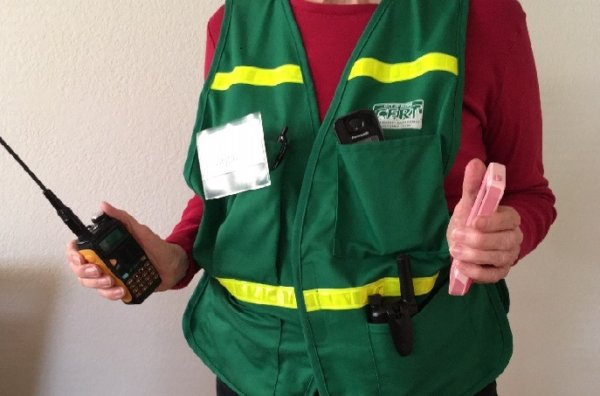
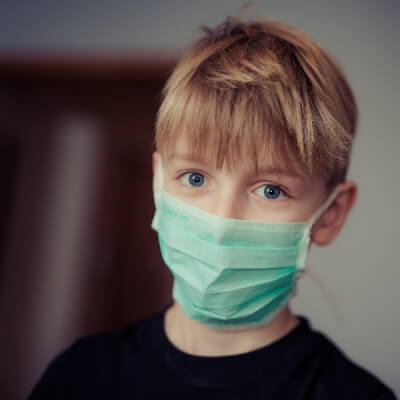






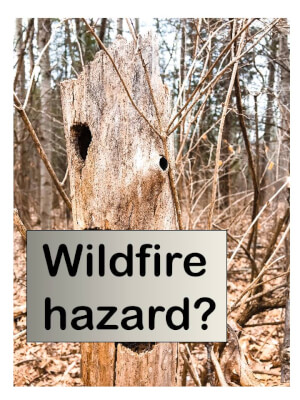 Wildfires are now a year-round threat
Wildfires are now a year-round threat